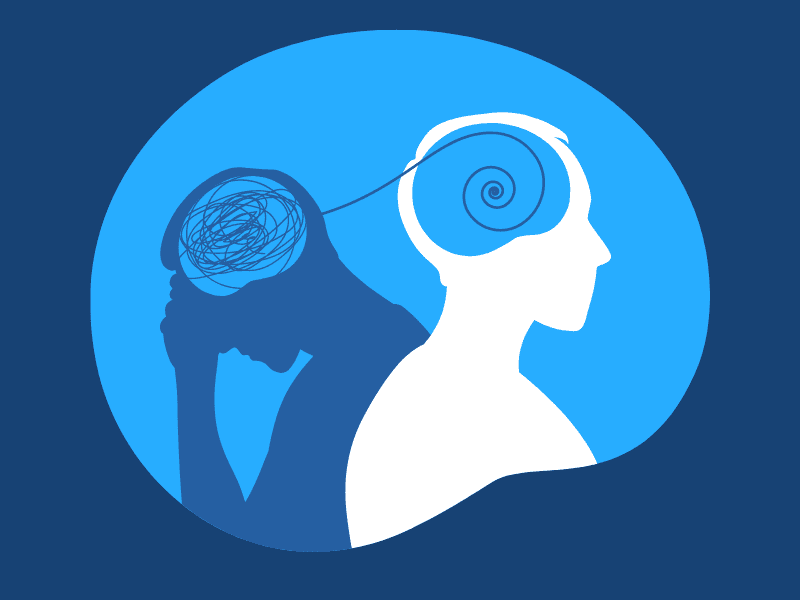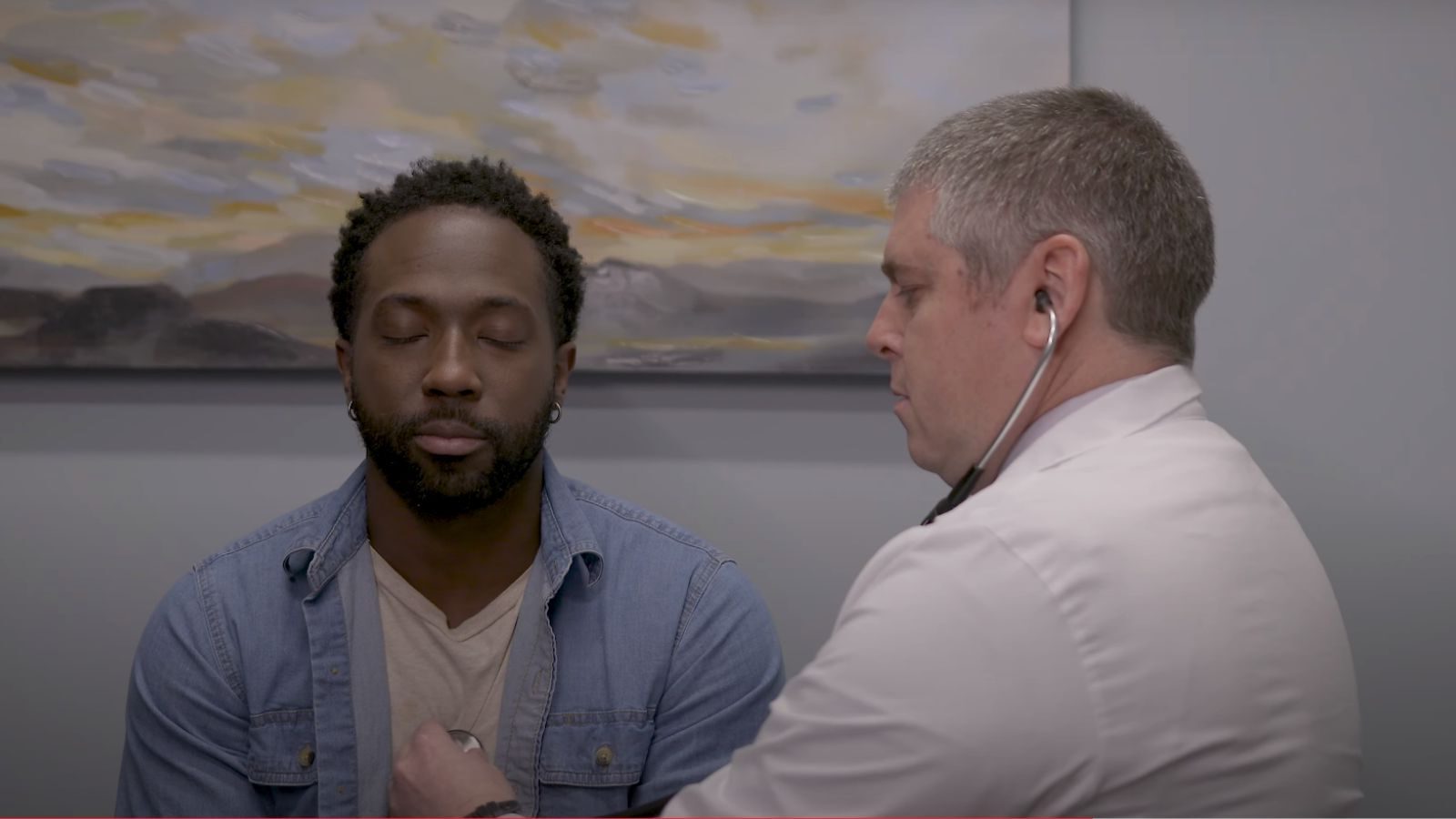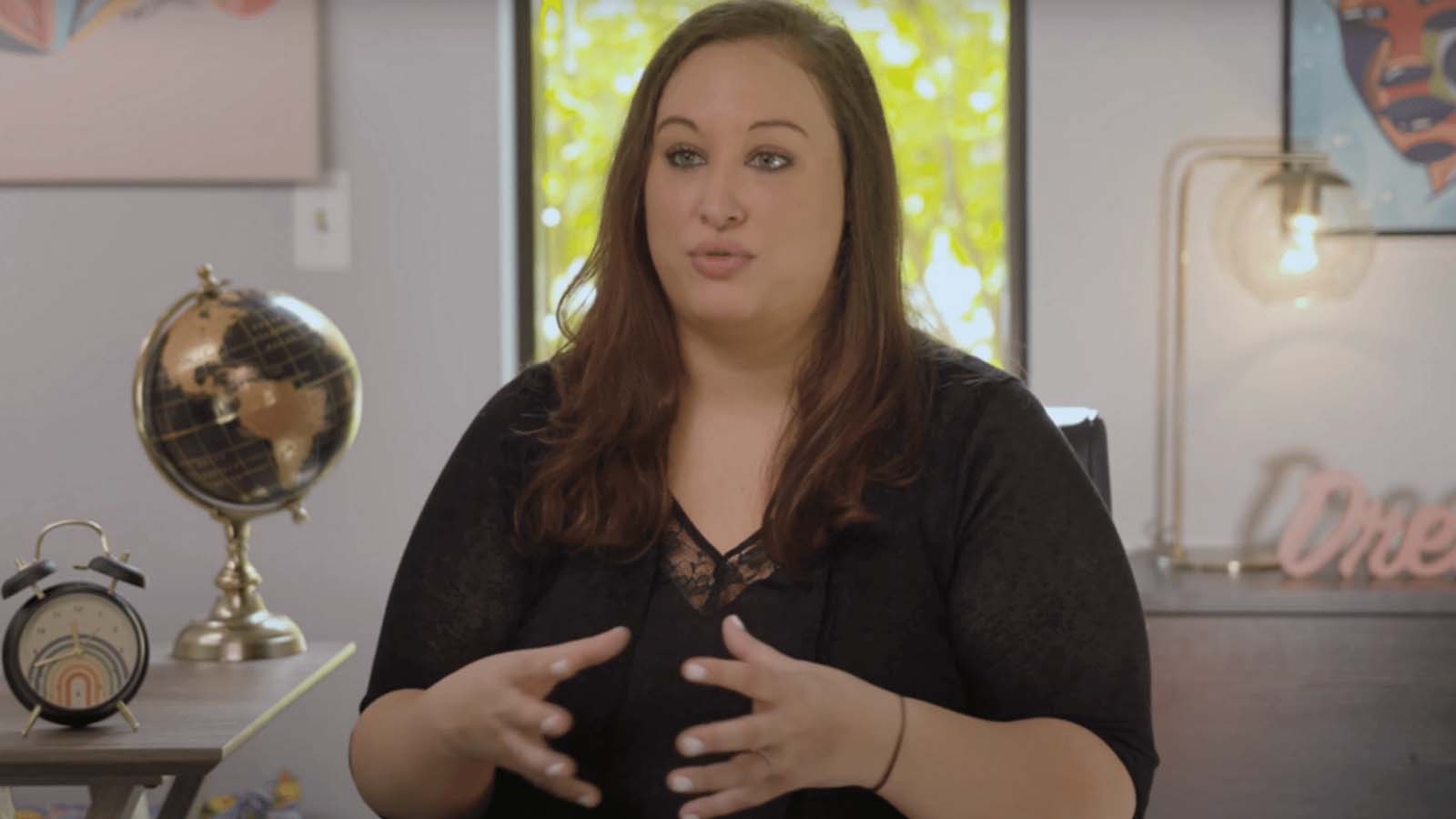At Sandstone Care, academic and vocational support are essential components of teen and young adult depression treatment. Stress related to school, jobs, and other responsibilities can contribute to the development or worsening of symptoms of depression.
Additionally, if someone is struggling with depression, it can have a negative impact on their performance at work or school, making it difficult to get through everyday life.
Academic and vocational support is an integral part of the treatment process for depression in young adults and teens.
By meeting individuals where they are at and helping them grow and succeed, young people can improve their overall well-being and live healthy and happy lives.






























